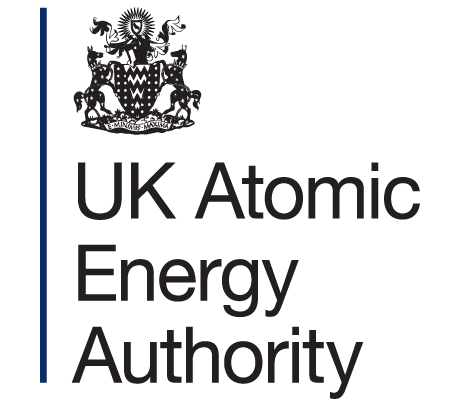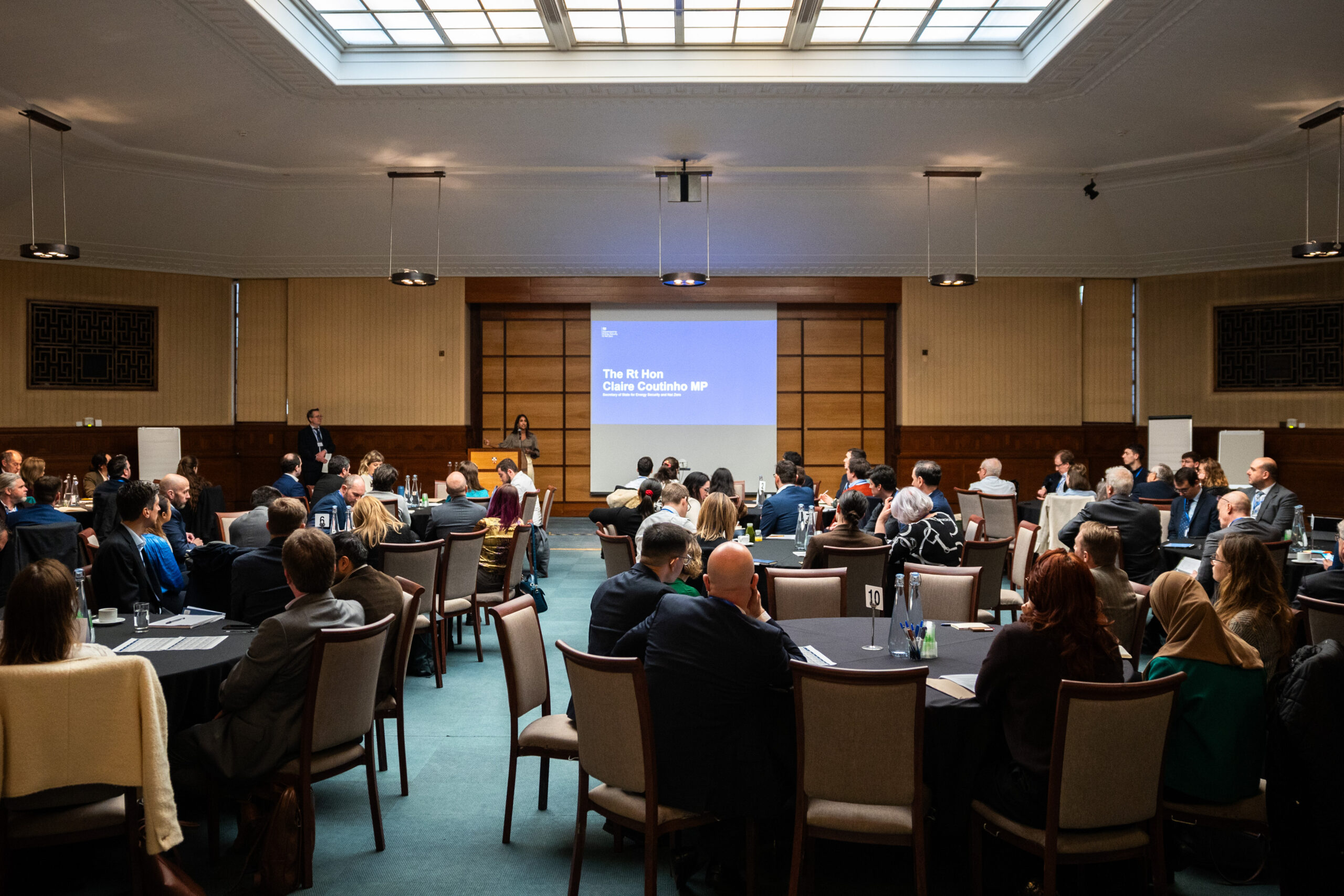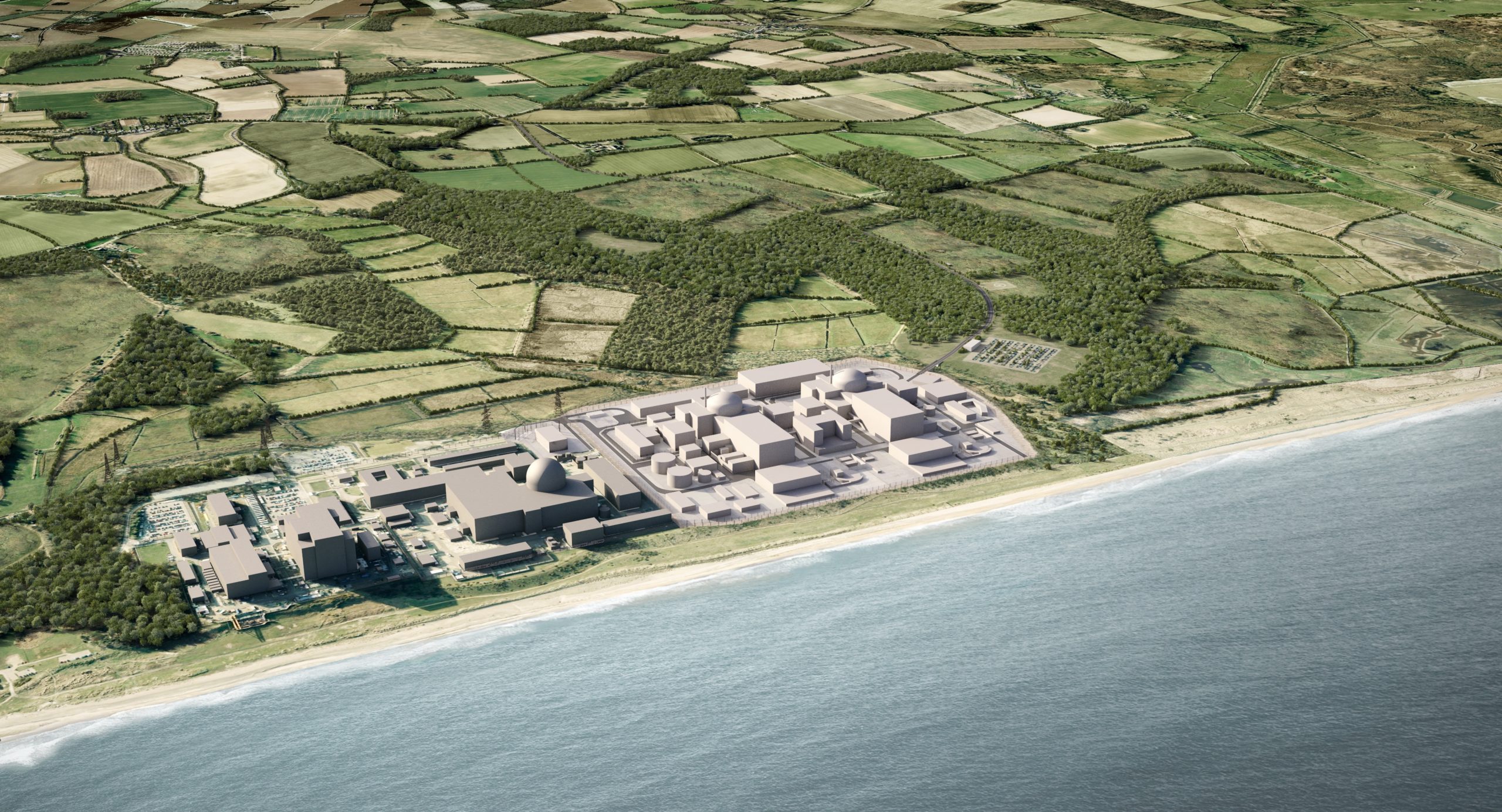The NIA is the trade association and representative body for the civil nuclear industry in the UK. We represent around 270 companies operating across all aspects of the nuclear fuel cycle, including the current and prospective operators of nuclear power stations, international designers, and vendors of nuclear power stations, and those engaged in decommissioning, waste management and nuclear liabilities management. Members also include nuclear equipment suppliers, engineering and construction firms, nuclear research organisations, and legal, financial and consultancy companies.
Due to the diversity of our membership, our views in this submission will cover high-level, industry-wide matters. Our members may choose to make their own detailed submissions.
Executive Summary
The NIA welcomes the positive intent outlined in the Environmental Outcomes Report consultation and supports the ambition to streamline environmental regulations. The principle to “not duplicate matters more effectively addressed through policy” will be important to meet the overall objective of the Environmental Outcome Reports (EORs), which is to streamline the approach to environmental assessments.
Removing the amount of duplication across environmental regulation, consents and assessment is essential to accelerate the delivery of low carbon, nuclear projects. Nuclear is essential to the UK’s net zero future as our only source of clean, sovereign baseload power. It currently supplies around 15% of electricity demand from just over half a square mile of land, and according to United Nations’ analysis, has the lowest lifecycle carbon, lowest land use, and lowest impact on ecosystems of any electricity source.
We acknowledge that further consultation on the development of EORs is planned and as part of that future consultation, we would welcome further clarity on:
- How monitoring and outcomes would be managed.
- How the mitigation hierarchy would be applied.
- How climate change mitigation and adaptation will be incorporated into outcomes.
We would add that the functioning in practice of the planning regime for Nationally Significant Infrastructure Projects (NSIPs) has been highly unsatisfactory to date. In particular, it has not been proportional at all in assessing the environmental impacts of proposed projects against the urgency of deploying new low carbon energy sources to combat the climate crisis. To highlight two examples:
- Hinkley Point C, a UK First-of-a-Kind technology and the first nuclear power plant to start construction since the 1980s, took 17 months to receive a Development Consent Order (Oct 2011-March 2013), whereas Sizewell C, a replica of HPC technology, took 26 months (May 2020-July 2022). EDF submitted 1,001 documents as part of its Development Consent Order (DCO) application for Hinkley Point C but 4,378 documents for Sizewell C. The environmental statement for the former was 31,401 pages and for the latter 44,260 pages.
- The Planning Inspectorate (PINS) recommended the rejection of the Wylfa Newydd DCO application for a project that would have provided clean power for 65 years to 5.5 million homes because of concerns over the possible, not certain, impacts on a local tern colony and local fungi. This is a key example of highly disproportionate assessment and outcomes within the planning system.
We therefore strongly support efforts to improve the functioning of elements of the planning system. For this to succeed, we emphasise two important steps:
- A Net Zero Duty on all relevant regulators, to ensure regulation proportionate to the urgent need for more low carbon energy to mitigate climate change
- Adequate resourcing and skilling of all relevant public bodies to ensure that decisions are taken with the necessary certainty and the necessary speed. This is crucial to carry through well-intended reforms into practice at a project level.
Please click here to view our full response.














